I'm writing a glorified 'paint' application where a user can paste in images, and draw a bunch of UIBezier curves, and move all these things around and rotate them.
Most of these are implemented by stacking UIImageViews and (sub-classed) UIViews as subviews onto the main view in the view controller.
I want the user to be able to save the state of their creation as some kind of file and share it with others (e.g. via DropBox).
The saving itself isn't the issue (I know how to save files!), just the 'best' way to get all the information from the app into file(s) and then load it back in.
I'm guessing there are already well-established frameworks for doing exactly this, but oddly, haven't found anything that addresses this.
So, before I set about writing my own custom methods for doing all this, I thought I'd ask:
Is there some recommended, approved (and maybe even 'easy' ;-)) way to implement saving -- as in writing to files -- the state of all the subviews of a given UIView?
Your recommendations for what I'm "trying to do"? Thanks.


